Cyber Architecture & Engineering –
A Secure Foundation

In today’s digital-first world, cyber threats are rapidly increasing in sophistication and attempted breaches. Evolving to this dynamic IT landscape, federal agencies require resilient, scalable, and compliant cybersecurity architectures that protect mission-critical networks and data from compromise. Tyto Athene’s Cyber Architecture & Engineering solutions provide end-to-end security design, compliance automation, and secure infrastructure modernization to ensure that government IT environments remain mission-ready, future-proof, and protected against evolving threats.
Tyto provides defense, intelligence, homeland security, and civilian agencies with secure-by-design architectures that protect IT infrastructure against nation-state threats, cyber warfare, and operational disruptions. By integrating Identity & Access Management (IAM), Infrastructure as Code (IaC), and Configuration as Code (CaC) with automated compliance enforcement, Tyto enables agencies to achieve enterprise security
Comprehensive Cyber Architecture & Engineering Capabilities
Secure System Design
Building security into enterprise networks and applications from inception
Threat Modeling & Risk Management
Forecasting potential risks and vulnerabilities before a breach ever occurs to proactively deploy security measures
Software Development & Deployment
Integrating cutting-edge software tailored to meet unique mission requirements in a user-friendly environment
Security Automation & Hardening
Applying intelligent automation to harden networks’ security posture and safeguard mission-critical assets
Secure Cloud & Hybrid Environments
Deploying modern network environments maintained with expert-level Cloud Security Posture Management (CSPM)
Enterprise Security Modernization
Transitioning from legacy IT systems to secure, modern infrastructures that operate at the speed of today
Addressing Key Challenges in Cybersecurity Architecture
- Legacy systems have not kept up with security requirements against evolving threats.
- New technologies require thoughtful, strategic implementation to assure mission continuity.
- Evolving federal mandates make compliance a significant challenge.
- Government requires greater efficiency without compromise in security.
Why Tyto?
A Trusted Partner for Secure IT Architectures
Tyto delivers scalable, secure, and mission-ready cybersecurity architectures that enhance operational effectiveness and national security. With proven expertise in secure IT engineering, we support DoD, DHS, and intelligence agencies by deploying compliant, resilient security frameworks designed for evolving threats. Our AI-driven security automation reduces compliance burdens while ensuring continuous monitoring and risk mitigation. As multi-cloud and Zero Trust cybersecurity experts, we implement CSPM, IAM, and hybrid cloud security architectures to fortify IT environments. By designing threat-resilient cyber infrastructure, Tyto strengthens classified and unclassified networks against nation-state cyber warfare and emerging threats.
Tyto delivers mission-ready cybersecurity architectures that assure information dominance, protecting national security, securing government IT environments, and enabling resilient, compliant operations.
DEVSECOPS: SECURE, AGILE, READY
Tyto ensures software security is integrated at every stage, enabling agencies to deploy compliant applications at mission speed
Federal agencies must deploy secure applications rapidly while adhering to strict compliance mandates. Tyto’s DevSecOps solutions integrate security into every stage of the software development lifecycle, ensuring continuous compliance, reducing vulnerabilities, and accelerating software delivery without compromising national security.
Our expertise in DevSecOps enables:
- Accelerated secure software delivery of mission-critical applications without sacrificing security features
- Automated security testing (SAST, DAST, SCA), container security (Kubernetes, Docker), and IaC (Terraform, Ansible)
- Alignment with NIST 800-204, MITRE ATT&CK, and Zero Trust security architectures
PENETRATION TESTING: PROACTIVELY IDENTIFYING VULNERABILITIES
Tyto’s penetration testing uncovers vulnerabilities before adversaries do, ensuring mission-critical resilience and operational dominance
Government agencies struggle with securing legacy systems, identifying unknown vulnerabilities, and defending against advanced persistent threats (APTs), further complicated by limited internal resources and evolving compliance mandates. Tyto’s penetration testing services help overcome these challenges by proactively exposing weaknesses, providing clear remediation guidance, and ensuring continuous security improvements to achieve positive mission outcomes.
Our penetration testing enables:
- Proactive threat detection and security vulnerability remediation before adversaries exploit them
- Greater mission assurance and resilience against cyber threats for uninterrupted operations
- Adherence to NIST, FedRAMP, CMMC, and other federal security standards
Case Study
Secure Cloud Architecture
Challenge
A federal civilian agency required a secure cloud architecture to support IT modernization efforts while ensuring compliance with FedRAMP, NIST 800-53, and CMMC security requirements. Their legacy systems lacked security automation and risk-based access controls, creating compliance gaps and operational vulnerabilities.
Solution
Tyto developed a mission-driven cloud security framework, featuring:
- Automated compliance enforcement, reducing audit risks and manual security overhead
- Zero Trust identity & access management, ensuring privileged access controls across hybrid cloud environments
- Risk-based cybersecurity controls, embedding threat intelligence and AI-enhanced security analytics into IT operations
Results
The agency successfully migrated to the cloud while maintaining compliance with federal security standards. The new architecture improved system resilience, reduced operational risks, and streamlined security management.
